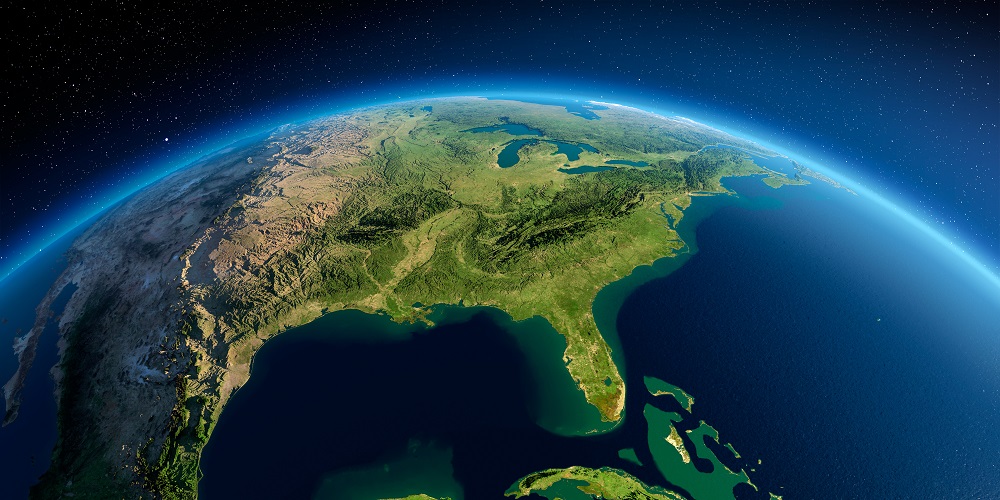
As public health gaps, digital inequality, educational disparities and unemployment — risks that result from a complex combination of existing inequalities and the impact of the pandemic — affect vulnerable groups the most, they may further fray social cohesion. Unsurprisingly, “social cohesion erosion” and “livelihood crises” are among the highest-likelihood and highest-impact long-term risks in the Global Risks Perception Survey (GRPS), as discussed in the 2021 Global Risks Report, from the World Economic Forum with support from Marsh & McLennan.
The global recession is now expected to force as many as 150 million more people into extreme poverty, increasing the total to 9.4 percent of the world’s population — it was expected to fall to 8 percent by the end of 2020.1 This setback in the global development agenda will heighten vulnerability to future shocks and threaten the erosion or collapse of states: more than half of the respondents to the GRPS believe “state collapse” is a critical long-term threat.
Increasing levels of public and private debt may reduce scope for further stimulus — which was a powerful tool in advanced economies — requiring trade-offs between investments in stronger social protection, reskilling and upskilling of disadvantaged workers, preparing youth for a drastically changed labor market, and economic transformation towards greener energy and infrastructure. Respondents to the GRPS believe mismanaging these trade-offs will compound the risks of “debt crises,” “social security collapse,” “digital inequality” and “youth disillusionment,” triggering “livelihood crises” globally.
Click here to register to receive e-mail updates >>
Note: 1:
World Bank. 2020. “COVID-19 to Add as Many as 150 Million Extreme Poor by 2021”. Press Release. 7 October 2020. https://www.worldbank.org/en/news/press-release/2020/10/07/covid-19-to-add-as-many-as-150- million-extreme-poor-by-2021#:~:text=The%20COVID%2D19%20pandemic%20is,severity%20of%20the%20 economic%20contraction.